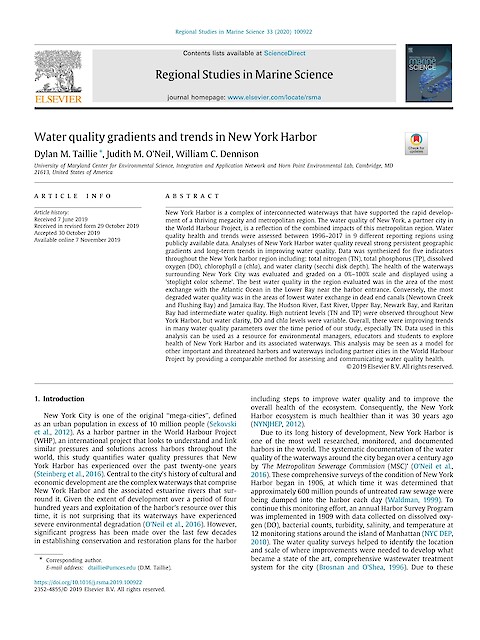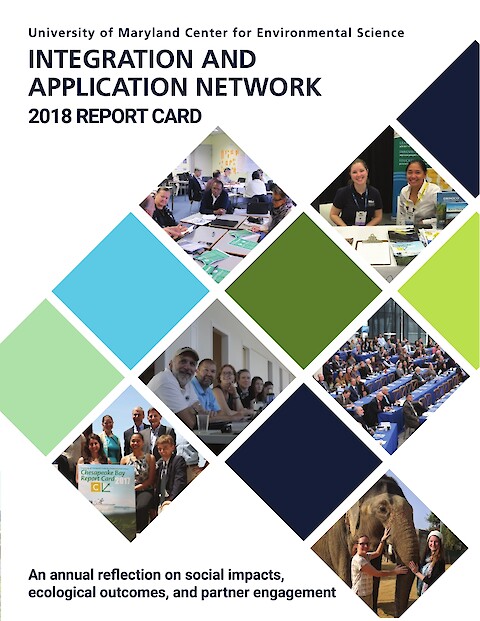2019 Gulf of Mexico Coral Reef Preliminary Report Card
Nuno Simões, Jennifer Pollack, Fernando Bretos TOF, Erica K. Towle NOAA, Shay Viehman, Matthew
Johnson, Joaquín Rodrigo Garza Pérez, Armando Carmona, Lorenzo Álvarez Filip, Horacio Pérez España, Cristobal Cáceres G. Cantón C, Luis Quijano, Alfonso Aguilar Perera, Melania López Castro, A.C., Eduardo Amir Cuevas, Enrique Montes Herrera, Julia Azanza Ricardo, Gustavo Arencibia, Patricia González-Díaz, Dorka Cobián Rojas, Juliett González Méndez, Andrea Rivera Sosa, Luis Alcántara Organizing team, Ulsía Urrea Mariño, Ixel Osorio, Alberto Guerra, Daniel Martínez Hernandez ·
20 March 2020
The Gulf of Mexico is one of the most diverse and productive ecosystems in the world. Its coral reefs are biological diverse habitats, of high cultural and economic significance. This report card was developed during a workshop held in Merida, Yucatan in November, 2019. It outlines potential indicators of coral reef ecosystem health, perceived conditions of the reefs in the Gulf of Mexico, and next steps for developing a quantitative assessment of Gulf of Mexico coral reef ecosystems.
Read more









